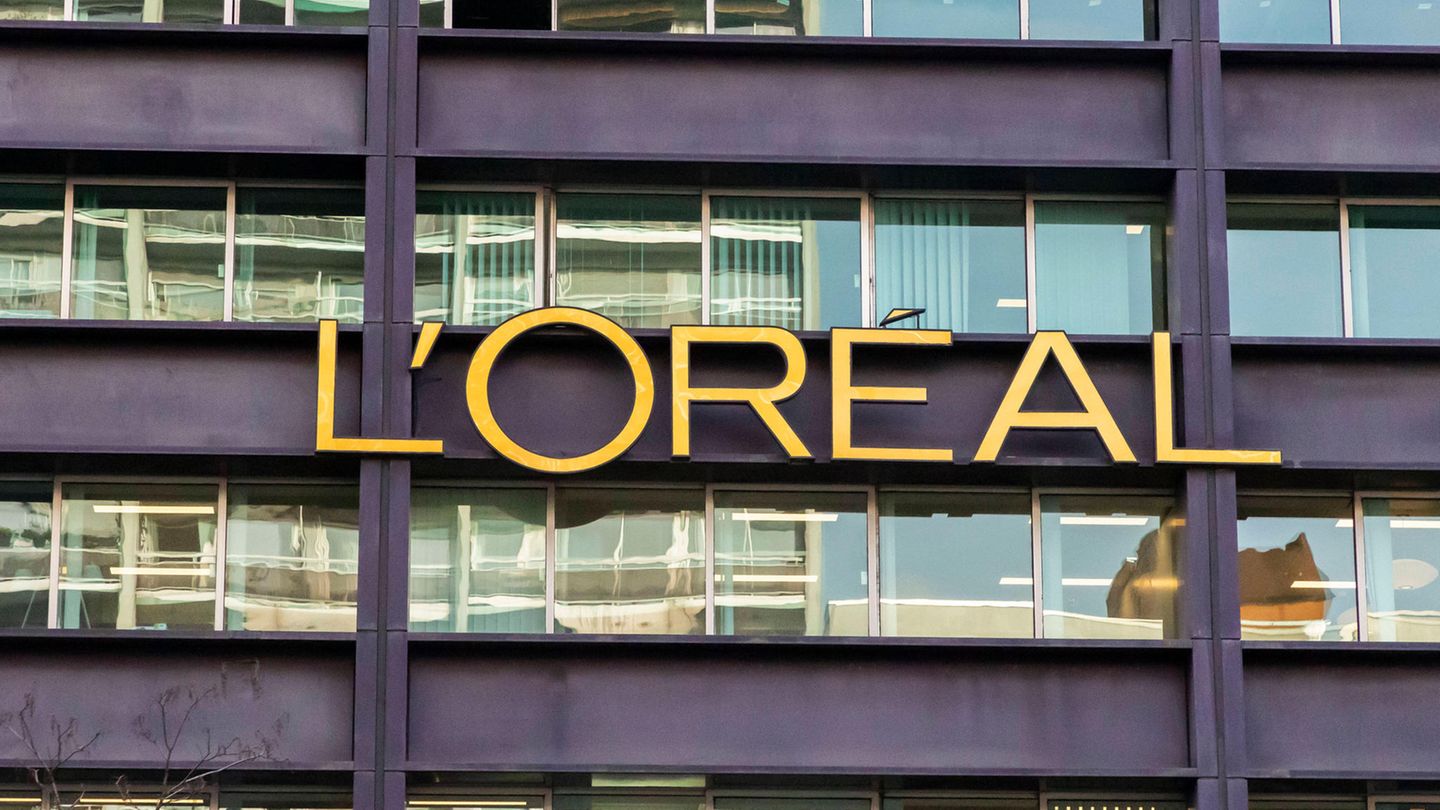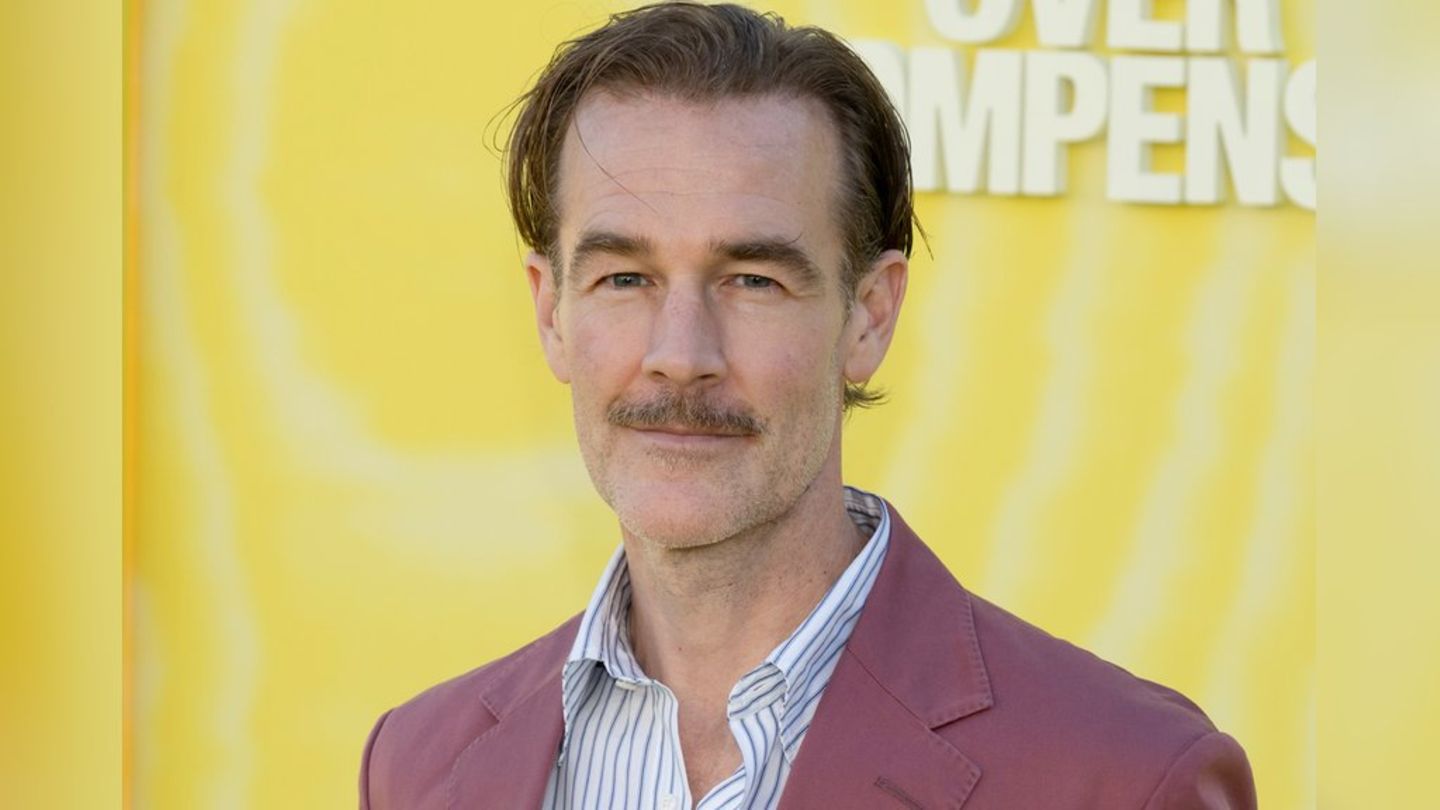L’Oréal designed a washing gel so that it looked like it contained more than it actually did. Consumer advocates said the packaging was deceptive and took the matter to court. They lost in two instances. The Supreme Court has now ruled in their favor – and is fundamentally strengthening consumers.
The Federal Court of Justice (BGH) is putting a stop to overly blatant deceptive packaging: Packaging that is not proportionate to its actual contents deceives consumers, said presiding judge Thomas Koch. This applies regardless of the distribution channel.
The case in the Karlsruhe court concerned a tube of L’Oréal men’s wash gel. The plastic tube containing 100 milliliters of wash gel was shown standing on its lid in L’Oréal’s online advertisement. The lower part is transparent and the orange-colored contents are therefore visible. The upper part of the tube up to the fold is colored silver and the missing contents are therefore not visible.
Looked like more: cleverly designed tube with washing gel
The plaintiff was the Baden-Württemberg Consumer Center. Their argument: The advertising suggests that the tube is full to the top, even in the opaque part. But that is not the case. Only when you hold the tube in your hand can you see that it is not completely full, explained the consumer advocates. Therefore, the advertising is unfair and should be stopped.
In the first step, the consumer center warned the manufacturer to stop using these packages. When that didn’t work, they went to court. However, both the regional court and the higher regional court in Düsseldorf did not accept the consumer center’s argument. The Federal Court of Justice upheld the lawsuit and ordered L’Oréal to stop using this packaging in the future.
Only two-thirds full: This is a deceptive package
In addition, the Karlsruhe court went beyond this individual case in its reasoning. The BGH ruled that “the packaging of a product is generally not proportionate to the amount of product it contains (‘deceptive packaging’) if it is only about two-thirds full.” This constitutes a “significant impairment of the interests” of consumers because the packaging “deceives consumers in a relevant way about its relative amount of product.”
“Rip-off of the month”
Granini “Trinkgenuss Orange”: Sugar water instead of juice
Exceptions are permitted according to the Karlsruhe ruling. For example, if no other filling is possible for technical reasons or if the packaging shows the actual filling quantity. However, neither of these is the case here. The BGH ruled that the packaging itself and the advertising for it are therefore anti-competitive. The type and medium of the advertising is not important.
Consumer Center: Signal effect for all manufacturers
The head of the Baden-Württemberg Consumer Center, Cornelia Tausch, welcomed the ruling: “This should send a signal to all manufacturers to use packaging sparingly.” It is hoped that the position of consumers will be further strengthened by the new EU packaging regulation.
The rules adopted by the EU Parliament at the end of April stipulate, among other things, that manufacturers must minimize the weight and volume of packaging. The aim is to gradually reduce packaging waste in the EU by 2040. After the vote in the plenary session of the European Parliament, the EU states now only have to confirm the new regulations. This is usually a formality.
Sources: ,
Source: Stern




